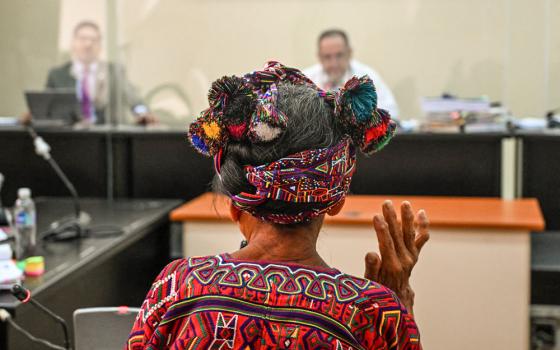Where does your trash go?
Karin Landsberg, 42, a Seattle resident, was curious. She invited researchers from the Massachussetts Institute of Technology into her home in Sept. to tag 12 items out of her garbage and recycling bins -- a can of beans, a compact flourescent light bulb, and other items -- with small electronic tracking devices.
The Architectural League of New York went through a smiliar trash-tagging process as part of the same project last month as well. Items tagged in New York included an empty plastic bottle, a broken wine glass, a book shelf, a coffee cup, and a discarded filing cabinet.
Through the project, overseen by MIT's Senseable City Laboratory, 3,000 common pieces of trash, mostly from Seattle and New York City, will be tracked through the waste disposal system over the next three months. The researchers will display the tracked routes online and in exhibits opening at the Architectural League of New York and the Seattle Public Library.
 The purpose of the project, said Carlo Ratti, director of the lab, is to give people a concrete sene of their impact on the environment in a way that might lead them to change their habits.
The purpose of the project, said Carlo Ratti, director of the lab, is to give people a concrete sene of their impact on the environment in a way that might lead them to change their habits.
Collecting, transporting, storing and dispensing garbage is a costly and often challenging task for cities and communities. The fate of recyclables like metal or plastic is often determined by price fluctuations that may make it cheaper to ditch items than actually recycle them.
Landsberg asks, even when an item is headed where it is supposed to go, "does it fall off the boat, truck, or whatever? Is the stuff actually made into something useful in this country? Does it all end up shredded and shipped to China, where who knows what happens to it?" This project is designed to answer some of those questions.
The tracking has some limitations. Even though tags have a battery life of two to six months and can report back from overseas, they can easily be crushed in transit inside trucks and at processing plants. But the researcheres claim that most tags are likely to endure long enough to provide a good picture of the fate of trash nowadays.
Brett Stav, a senior planning and development specialist for Seattle's public utilities, which collects about 2,100 tons of trash and recyclables a day, said that aside from help with logistics, he saw "tremendous education value" in the experiment.
"There is this hidden world of trash, and there are ramifications to the choices people make," Stav said. "People just take their trash and put it on the curb and forget about it and don't think about all the time and energy and money put into disposing it."
Landsberg said: "If I found out that it wasn't going where I think it goes, if it is less recycled than I hoped, I might think about buying less of it or doing without."



